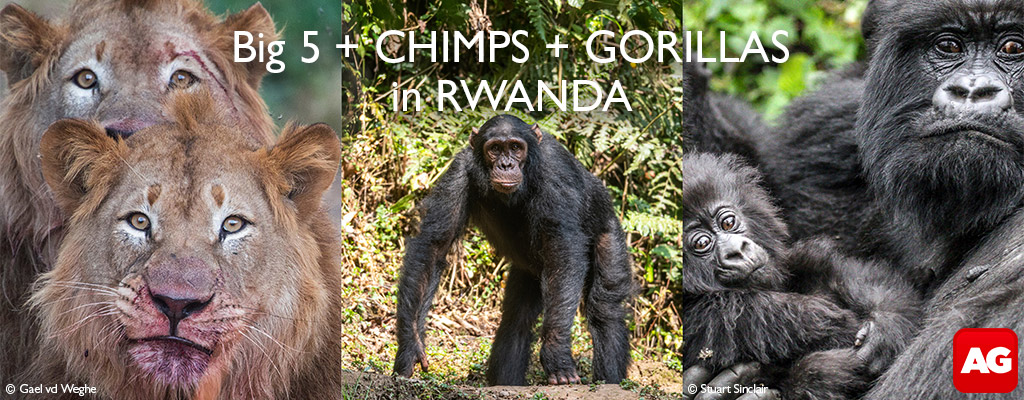
Poachers have killed the only known female white giraffe in Kenya, and her calf, at a remote community conservancy in Kenya. The celebrated white reticulated giraffes of Kenya have been dealt a devastating blow, as now only a bull giraffe remains of the group.
Conservancy manager Mohammed Ahmednoor said that a search team found only the bones of the two poached giraffes.
“This is a very sad day for the community and Kenya as a whole. Her killing is a blow to the steps taken by the community to conserve rare and unique species and a wake-up call for continued support to conservation efforts,” said Mr Ahmednoor in a statement.
The discovery of the white giraffes in 2017 put the remote community conservancy on the global map and had local community members, tourists and scientists flocking to see them. The female gave birth to a calf in August 2019, bringing the population of these white reticulated giraffe to three.
The white giraffes have a genetic condition called ‘leucism’ which inhibits skin cells from producing pigment. Leucism results in a partial or total loss of pigmentation – resulting in patches of white colouring in fur or feathers. Leucines, unlike albino animals, have normal-coloured eyes, and may or may not have normally coloured legs and beaks. Leucistic animals and birds do produce melanin (unlike albinos which produce no melanin), BUT the condition prevents melanin from being deposited in the fur or feathers. Read The Black & White of African Wildlife Explained.
“This is a long-term loss given that genetic studies and research which were a significant investment in the area have now gone down the drain. Also, the white giraffe was a big boost to tourism in the area. After this incident, only a lone bull remains,” Mr Ahmednoor added.

Giraffes are listed as ‘Vulnerable’ according to IUCN, which means that they are vulnerable to extinction in the near future. There are four distinct giraffe species in Africa, and two of these species have two and three subspecies respectively.
Reticulated / Somali giraffe (Giraffa reticulata) has brown-orange patches which are clearly defined by a network of thick and striking white lines. This species is found predominantly in central, north and northeastern Kenya, with small populations and range persisting in southern Somalia and southern Ethiopia. It has been estimated that about 8,700 individuals remain in the wild – down from an approximate 31,000 as recently as 1998. Read more about giraffes here.
To comment on this story: Login (or sign up) to our app here - it's a troll-free safe place 🙂.![]()








